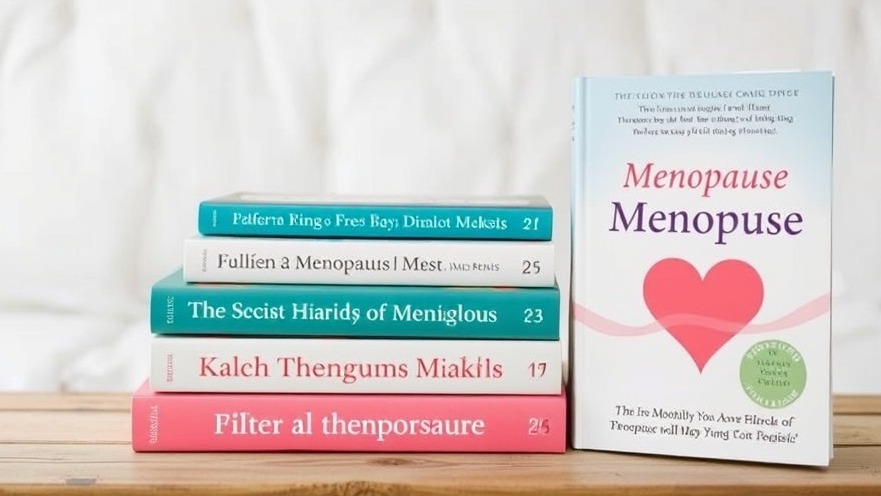
The Overlooked Rise of HIV Among Older Adults
The surge of HIV among individuals over 50 in sub-Saharan Africa is alarming yet largely unrecognized. Recent research reveals a disturbing trend: between 2000 and 2016, the number of adults aged 50 and older living with HIV doubled, and today, their prevalence exceeds that of younger adults. By 2040, it is projected that one-quarter of those living with HIV in Africa will fall into this age group. Yet, most prevention and treatment campaigns continue to target youth.
Changing Misconceptions About HIV
Dr. Luicer Olubayo, a prominent researcher from the Sydney Brenner Institute for Molecular Bioscience, highlights a significant misconception surrounding HIV: it is typically viewed as a disease affecting younger populations. This widespread belief undermines the urgent need for targeted interventions aimed at older adults, who often do not perceive themselves at risk of contraction. Consequently, misconceptions about HIV contribute to lower testing rates and hinder effective treatment.
Breaking Down Barriers of Stigma
Social stigma surrounding HIV remains a critical barrier, particularly impacting older adults. Many older individuals exhibit reluctance to seek testing or treatment out of fear of social isolation and misunderstanding. This stigma not only complicates access to care but can impact mental health and overall well-being. It’s vital that awareness campaigns address these stigmas while also providing comprehensive education tailored for this age group.
Action Steps for Moving Forward
To combat this growing crisis, interventions need to pivot towards the needs of older adults. Emphasizing comprehensive education, repeated testing, and pre-exposure prophylaxis (PrEP) can empower this demographic. Additionally, clinicians must treat HIV in conjunction with other chronic health conditions often prevalent among older adults, such as diabetes and hypertension. This holistic approach will enhance overall care and support.
A deeper understanding of HIV-related stigma and the specific needs of older adults is paramount. Expanding the narrative of HIV prevention and treatment to include older adults can foster greater awareness and action.
 Add Row
Add Row  Add
Add 




Write A Comment